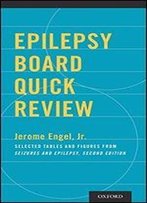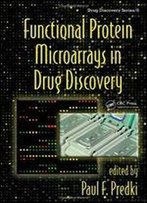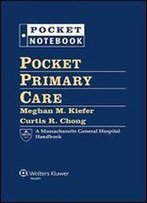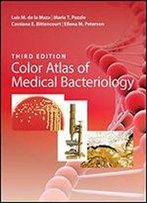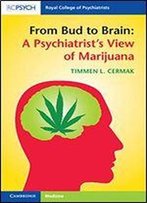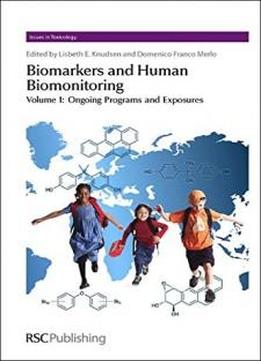
Biomarkers And Human Biomonitoring: Volume 1 (issues In Toxicology)
by Alok Dhawan /
2011 / English / PDF
5.3 MB Download
Human biomonitoring has developed from a research tool in
occupational and environmental health to identify and quantify
exposures to harmful substances in urine and blood. The analytical
methods for detection of substances in biological media have
considerably improved with smaller detection limits and more
precise and specific measurements. Human biomonitoring is a
valuable tool in exposure estimation of selected populations and
currently used in surveillance programs all over the world. This
two volume set provides an overview of current available biomarkers
and human biomonitoring programs in environmental health, which is
timely given the present debate on adverse health effects from
environmental exposures. The books decribe both previous and
ongoing studies as well as the newer biomarkers of exposure and
effects. Volume one describes current human biomonitoring programs
in Germany, Romania, France, Canada, India and Belgium, providing
convincing evidence of a global decline in human exposures to lead
and increasing concern from exposure to endocrine disruptors and
the genotoxic compound. Biomarkers of specific exposures to a wide
range of widely used everyday compounds such as phthalates, PFCs,
bisphenol A, brominated flame retardants, PAHs, dioxins, mercury
and arsenic are also discussed. Volume two decribes human
biomonitoing of exposures to environmental tobacco smoke,
mycotoxins, physiological stress, hormone activity, oxidative
stress and ionizing radiation, as well as effect biomarkers of
hemoglobin adducts, germ cells, micronuclei and individual
susceptability. The books will be essential reading for
toxicologists, environmental scientists and all those working in
the safety and risk assessment of chemicals.
Human biomonitoring has developed from a research tool in
occupational and environmental health to identify and quantify
exposures to harmful substances in urine and blood. The analytical
methods for detection of substances in biological media have
considerably improved with smaller detection limits and more
precise and specific measurements. Human biomonitoring is a
valuable tool in exposure estimation of selected populations and
currently used in surveillance programs all over the world. This
two volume set provides an overview of current available biomarkers
and human biomonitoring programs in environmental health, which is
timely given the present debate on adverse health effects from
environmental exposures. The books decribe both previous and
ongoing studies as well as the newer biomarkers of exposure and
effects. Volume one describes current human biomonitoring programs
in Germany, Romania, France, Canada, India and Belgium, providing
convincing evidence of a global decline in human exposures to lead
and increasing concern from exposure to endocrine disruptors and
the genotoxic compound. Biomarkers of specific exposures to a wide
range of widely used everyday compounds such as phthalates, PFCs,
bisphenol A, brominated flame retardants, PAHs, dioxins, mercury
and arsenic are also discussed. Volume two decribes human
biomonitoing of exposures to environmental tobacco smoke,
mycotoxins, physiological stress, hormone activity, oxidative
stress and ionizing radiation, as well as effect biomarkers of
hemoglobin adducts, germ cells, micronuclei and individual
susceptability. The books will be essential reading for
toxicologists, environmental scientists and all those working in
the safety and risk assessment of chemicals.

